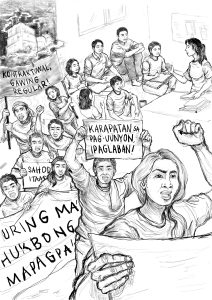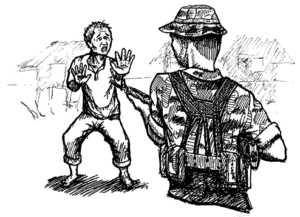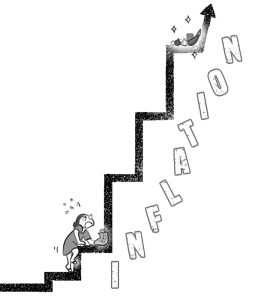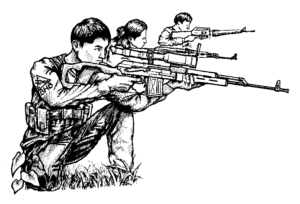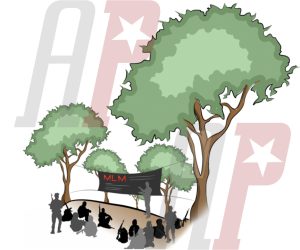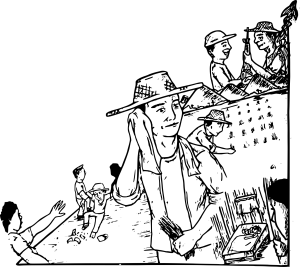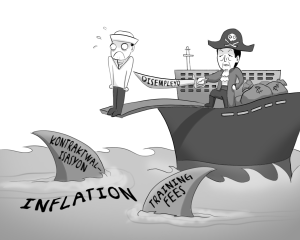Expand and strengthen the workers movement and union struggles

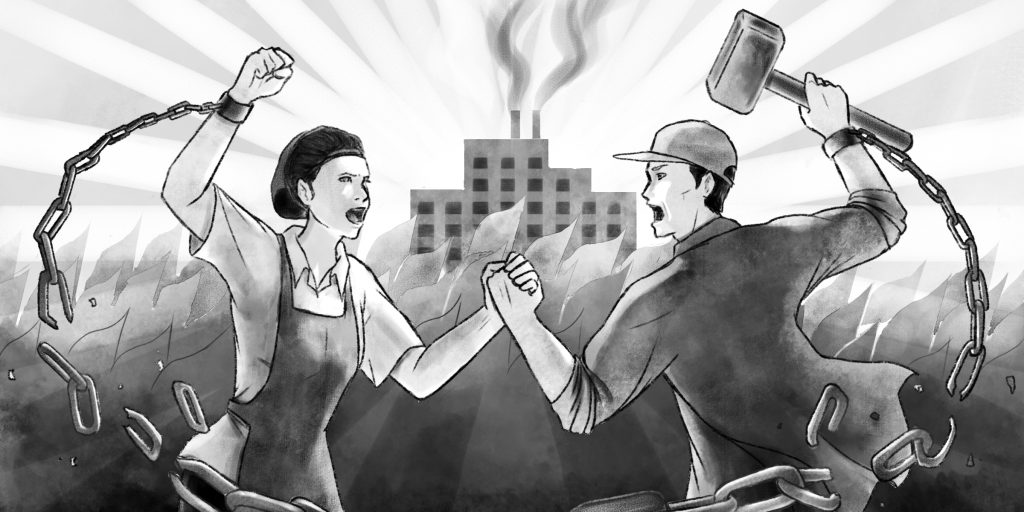
Amid sharp deterioration of the toiling masses’ livelihood, the masses of workers urgently need to lead the struggles to advance the people’s interests, welfare and aspirations. The Communist Party of the Philippines should focus its attention and strength to overcome the obstacles to the workers’ advance to collectively fight intensifying exploitation and oppression, and fascist repression.
We must look back to the history of the labor movement, from its growth at the outset of the 20th century, to the rise and further growth over the next few decades, in order to draw inspiration and lessons that would serve as guide to current efforts to advance.
Although there were yet no big enterprises then, the working class in the Philippines—workers in print shops, sugar mills, cigarette factories, as well as shoemakers, carpenters, barbers and others—showed their determination to unite and defend the interests of the toiling masses and the whole people. Their social and political power arose from the hundreds of guilds, associations and unions and took the form of widespread strikes, general strikes and people pouring on the streets in their hundreds of thousands.
With the expansion of colonial and neocolonial trade, and operations in mines and plantations, manufacturing, assembly and packing owned by big bourgeois comprador and landlords, the number of workers in the Philippines grew, and with it, their unions and collective strength. Economic and political struggles of the militant labor movement erupted in the 1930s, at the end of the 1960s and the beginning of the 1970s, and in the early and latter part of the 1980s, even in the face of fascist restrictions and repression.
Since the 1990s, the rate of unionized workers and the number of strikes have diminished. Neoliberal attacks against the labor movement intensified marked by massacre of regular work, “no union, no strike policy” in the enclaves and export processing zones (since the 1970s), and all-out and systematic “flexibilization” (contractualization, “two-tier wage system,” “compressed work week” and the like) especially in the 1990s.
Despite the situation being favorable for widespread agitation and mobilization, in general, the union movement and workers’ struggles weakened and retreated instead during the past three decades. Ill-advised and overstretched strikes (incited by urban insurrectionism), and the opposite face of legalism, reformism, economism, collaborationism, as well as corruption, dealt a blow and weakened the union movement. This was worsened by fascist suppression of unions and strikes.
These errors were criticized and repudiated during the Second Great Rectification Movement. To continue to move forward, workers must get rid of all remnants of these errors and firmly take hold of basic principles of militant unionism.
The strength of workers is based on the size and number of unions. Workers wield unions as weapons to defend their welfare against the capitalists. All rights that workers enjoy—higher wages, better working conditions and job security—were attained not through capitalist freewill nor good-heartedness, but through difficult, and often life-and-death union struggles. The moment a union becomes weak or breaks up, the profit-hungry capitalist would take back and deny these rights and benefits won by workers.
Unions need to grow and gain strength. These should be built in the biggest number of factories, especially in the largest enterprises where big number of workers are concentrated, including those in the labor enclaves where repression and exploitation are most intense. Workers should be militated across the different cities in the country. All obstacles to union organizing should be overcome, including legal standards that limit union membership to regular workers. Unite and mobilize all workers in unions, association of contractual workers and other forms of organization.
With the decline in the economy and living standards, it is timely and urgent to generate a widespread movement to organize and wage workers’ struggles to fight for wage increases and for better working conditions. A widespread propaganda and education campaign must be conducted. Courageously, daringly and creatively build, galvanize and strengthen the unions and various forms of the workers’ organization. Strengthen the trade union movement by severalfold within a given timeframe.
The labor movement is key to advancing the mass movement in the cities. Workers’ widespread actions serve as an anchor for widescale efforts to build organizations, guilds and other types of associations of various democratic classes and sectors, to defend their interests and welfare.
From their factories, workers should take to the streets to manifest their strength in fighting for the interests of the entire class and the people. Thus, unions serve not only the interests of the workers in a workshop, but also serve as organization for taking part in social struggles. Above all, the worker’s movement should consciously link up with the peasant masses in the countryside against feudal and semifeudal exploitation and fascist oppression.
Cadres and members of the Party must serve as the steel core of the labor movement. They should serve as models of discipline, enthusiasm, indefatigability, courage, determination and revolutionary optimism. They should lead the masses of workers as they march on the streets, and trek the path to the countryside to serve as fighters and commanders of the people’s army.
The political and class consciousness of the workers should be raised to realize their leading role in the revolutionary struggle for national freedom and democracy, and the socialist future.

